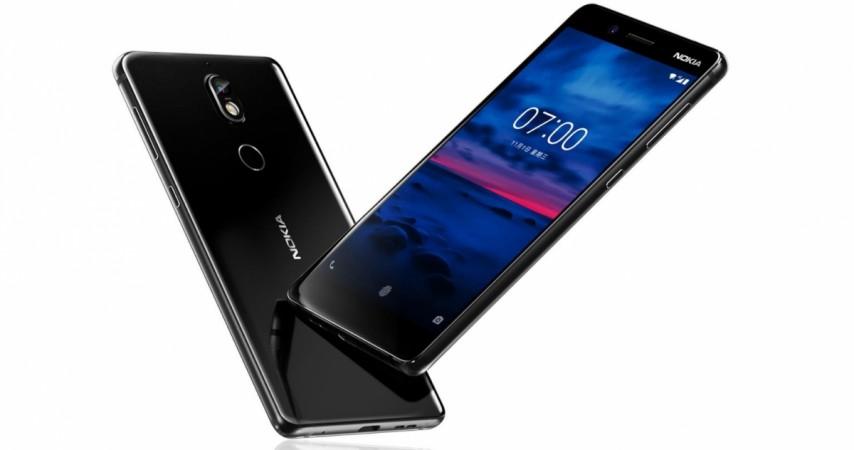Nokia is carefully strategizing its every move instead of rushing things to avoid any backfire. From Nokia 3310 to Nokia 3, 5 and 6 smartphones, the Finnish smartphone brand's revival is seen as a great comeback in the competitive smartphone industry.
HMD Global, which has the license to use Nokia's brand name for new smartphones, recently added a new member to its family – Nokia 7 – to join the ranks of Xiaomi, Huawei, OPPO, Vivo and other mid-range premium smartphone brands. Although Nokia 7 was launched exclusively in China this month, the company is quick enough to expand its availability.
Nokia sent out media invites for an event to be held in India on October 31, and all signs point us towards the Nokia 7's imminent arrival in this part of the subcontinent. Nokia 7's features make it an interesting addition to the competitive Indian smartphone market against the likes of Xiaomi Mi A1, Honor 9i, Moto G5S Plus and others.

However, the pricing of the Nokia 7 will determine how competitive it can get. During the upcoming launch event, Nokia will reveal the pricing along with the availability of the handset in India. Given the phone's international pricing, we can safely assume that Nokia 7 will be priced at around Rs. 25,000.
Since we know the specifications of the phone already, there's little surprise there.
Nokia 7 features a 5.2-inch Full HD IPS display with 2.5D curved Gorilla Glass, Qualcomm Snapdragon 430 chipset with 4GB/ 6GB RAM and 64GB expandable storage. It packs a 3,000mAh battery, a fingerprint scanner, dual SIM support, 4G VoLTE bands, USB Type-C port, and Android 7.1.1 Nougat. But that's not the best part.
Nokia has an interesting camera setup. There's a 16MP rear-facing camera with 1.12µm lens size, f/1.8 aperture, dual-tone LED flash, ZEISS lens, and a 5MP front snapper with 1.4µm lens size, f/2.0 aperture, 84-degree Field-Of-View.

Nokia 8's Bothie feature makes its way to the Nokia 7 to record videos and take images using both front and back cameras using Dual Sight mode. Users can live-stream using both cameras with split-screen on Facebook. It's a fresh take on how OEMs are using cameras in unique ways to impress users.









